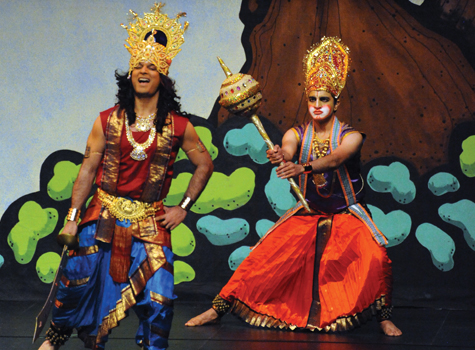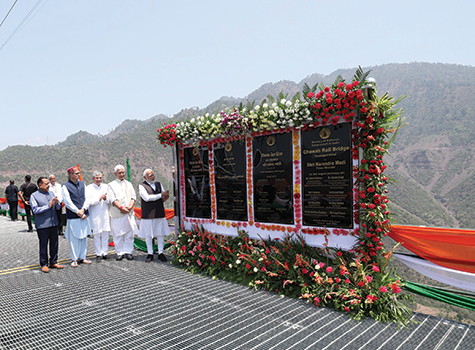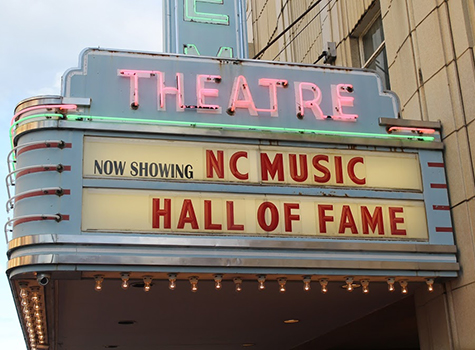
As we have been busy with Dances of India rehearsals, it has been fun collecting all the props and masks needed for our Kuchipudi dance drama. I thought I should write about this beautiful classical dance style. It could also be a good article to refer to, if needed, for any senior school projects.
History: Kuchipudi is one of the most popular classical dance traditions of India. It is perhaps the only tradition that takes its name from the village of its origin, Kuchipudi, located in Krishna District of Andhra Pradesh.
Originating as a Natyamela (group of dancers) tradition this form was initially practiced exclusively by a group of Vaidiki Brahmin men. They belonged to specific families and only those families were trained to perform, like Cherokee Indians in North Carolina.
To depict a dance-drama, several dancers were needed for different roles. As only men practiced and performed this dance form, men dressed up as females for female characters. This practice was to primarily avoid exploitation of females by kings and other rulers during those times.
Transition: These performances were dedicated to temple dancing and seldom left the state of Andhra Pradesh. The idea of men dressed up as females did not attract the general audiences.
Any art will have to adapt itself to the aesthetic sensibilities of changing times. It was with this idea in view the pioneer Vedantam Lakshminarayana Sastry initiated women into this discipline. Despite the resistance from the traditional groups, formal training was imparted to women, and this gave the dance style the much-needed momentum to increase its popularity.
Slowly, people and families from other areas have also started to learn this dance style. The repertoire also underwent a change. Solo items were choreographed along with dance-dramas. This marked the beginning of the solo dancers who would perform at theaters outside the state. Today we see women playing even men’s roles.
Classical Tradition: Kuchipudi is a dance style which has all the salient features of classical dance system. It strictly follows Bharatha’s Natyashastra and Nandikeswara’s Abhinaya Darpanam, the authorities and ancient treatise on dance, which are the main sources for all the Indian classical dance traditions. In every classical dance style, Nritta, Nritya and Natya are three common components. Mainly the Nritta (rhythmic) aspect is a differential factor.
We may describe Kuchipudi dance as a tri-fold culture:
Pagativeshams or Daytime entertainment: This includes some of the most popular dances such as “Golla Kalapam”- a story of Milkmaid and Brahmin, “Singi-Singadu”- the fortune teller and so on. Dancers will have to dress in the costume of the milkmaid or the fortune tellers to depict these items.
Dance Dramas: The Bhagavatha Mela Natakam, popularly known as Kuchipudi Bhagavatham is a dance drama in which the actors themselves dance and sing. Those artists were known a Bhagavathulu. Some of the most popular dance dramas are Bhama Kalapam, Kumara Sambhavam, Ramayanam, Javali-Madhura Nagarilo, and Shiva Leela (we will be performing this dance drama on April 6, 2024, during Dances of India show in Charlotte). In dance dramas specific facial masks are also used to represent characters such as Ganesh, Narasimha, Ardha Nareeshwara, Ravana etc. Due to the glamorous nature of its costumes and style, most of the movies try to imitate this dance form.
Solo Dances: Solo dancers have emerged because of migration to other areas outside the vicinity of their dance troops. Some of the most popular solo dances are Krishna Shabdam, Mandooka Shabdam, and Taranga Nrityam, where the dancer is challenged with the balancing act of pot on the head while standing and dancing on a brass plate.
Kuchipudi may use similar hand gestures as Bharatha Natyam, but there are many significant differences in its implementation. The technique of Kuchipudi makes use of sculpturesque body movements, structured swinging, quicker eye movements and uninterrupted foot work. The design of the costumes differs to complement the dance style and its posture. Stylized mime, using hand gestures and subtle facial expression, is combined with more realistic acting, occasionally including dialogues spoken by the dancers.
Kuchipudi is accompanied by Carnatic music. A typical orchestra for a Kuchipudi recital includes the Mridangam drum, flute, violin, vocal, and the nattuvangam. The languages used are primarily Telugu, Sanskrit, and sometimes pure Hindi.
Even today over 400 families of this glorious art are living in the village of Kuchipudi to elevate this cosmic dance form.
All over ancient India, it would seem dance and music are seen not merely as an entertainment, but as an offering and worship of the Divine. Dance, like music, has no geographical boundaries, no linguistic barriers and no racial divisions. This is apparent as Kuchipudi dance style has become one of the most respectable and known classical dances of India.
For questions or comments, contact Dr. Maha Gingrich via email at GingrichMaha@gmail.com.



